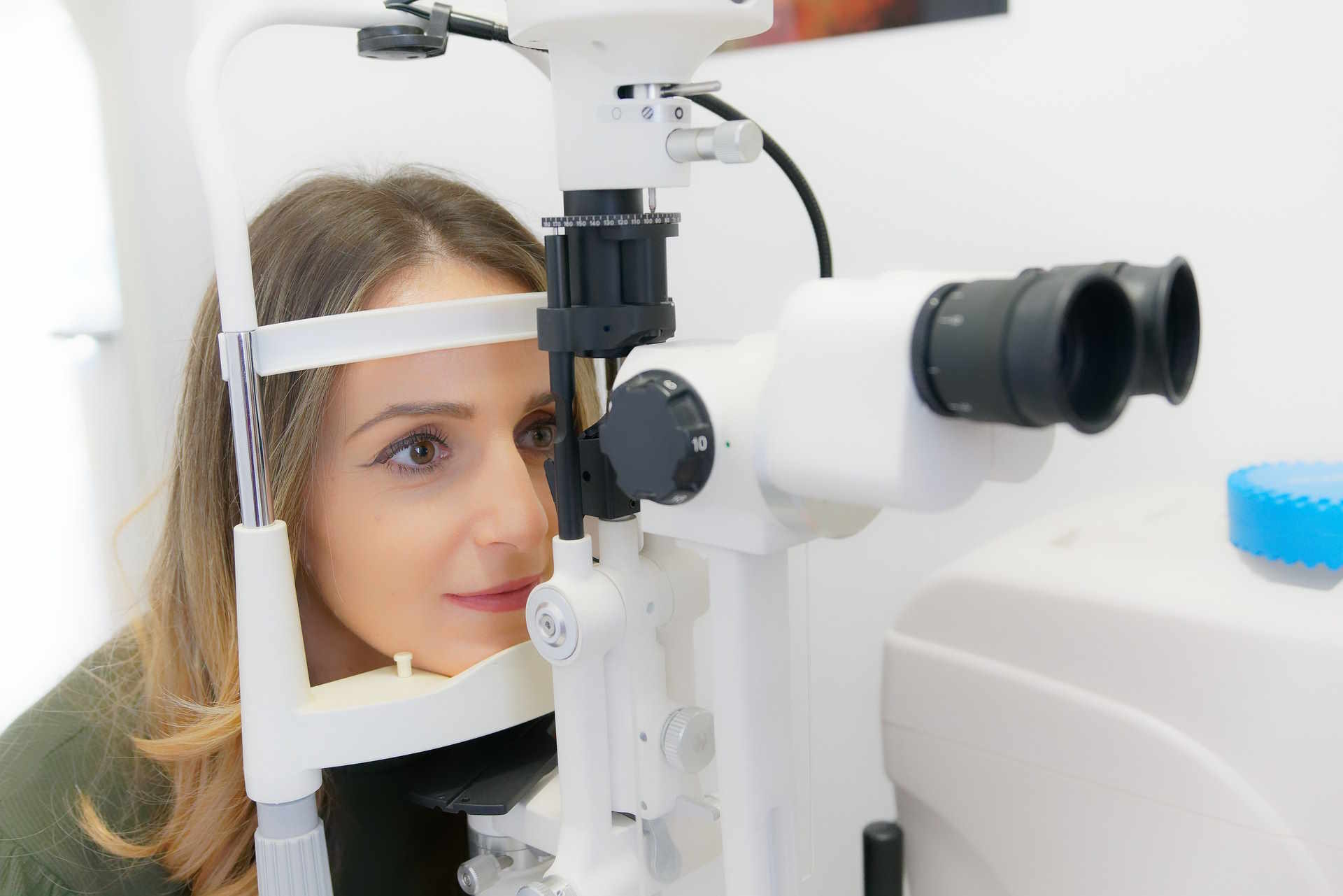A Closer Look at Blurred Vision: Eye Health Insights and Options
Changes in vision can be unsettling, but recognizing the signs and exploring available options might open new possibilities for eye care. From managing conditions like macular degeneration to discovering practical approaches for clearer eyesight, understanding the landscape of treatments could make a significant difference. Dive into what experts suggest when it comes to protecting and potentially improving your vision.

What causes blurred vision?
Blurred vision can stem from various factors, ranging from temporary issues to more serious eye conditions. Common causes include refractive errors like myopia (nearsightedness), hyperopia (farsightedness), and astigmatism. These conditions occur when the eye cannot focus light properly on the retina. Other causes may include eye strain, dry eyes, or more severe conditions such as cataracts, glaucoma, or macular degeneration. Understanding the root cause is essential for determining the most effective treatment approach.
How can common refractive errors be corrected?
For many individuals, blurred vision resulting from refractive errors can be easily corrected with prescription eyeglasses or contact lenses. These solutions work by adjusting the way light enters the eye, allowing for proper focus on the retina. In recent years, laser eye surgery, such as LASIK (Laser-Assisted In Situ Keratomileusis), has become a popular option for those seeking a more permanent solution. This procedure reshapes the cornea to correct refractive errors, often reducing or eliminating the need for corrective lenses.
What are the treatment options for macular degeneration?
Macular degeneration, a leading cause of vision loss in older adults, requires specialized treatment approaches. For dry macular degeneration, which is more common, treatment often focuses on lifestyle changes and nutritional supplements. The AREDS2 (Age-Related Eye Disease Study 2) formula, containing vitamins C and E, zinc, copper, lutein, and zeaxanthin, has shown promise in slowing disease progression. Wet macular degeneration, though less common, can be treated with anti-VEGF (Vascular Endothelial Growth Factor) injections, which help reduce abnormal blood vessel growth and leakage in the retina.
How are cataracts managed and treated?
Cataracts, characterized by clouding of the eye’s natural lens, are a common cause of blurred vision in older adults. In early stages, symptoms can often be managed with stronger lighting, anti-glare sunglasses, or updated prescription lenses. As cataracts progress, surgical intervention becomes necessary. Cataract surgery, one of the most common and successful eye surgeries, involves removing the cloudy lens and replacing it with an artificial intraocular lens (IOL). This procedure not only restores clarity but can also correct existing refractive errors, potentially reducing the need for glasses after surgery.
What innovative treatments are available for eye diseases?
The field of ophthalmology is constantly evolving, with new treatments emerging for various eye conditions. For glaucoma, minimally invasive glaucoma surgery (MIGS) procedures offer an alternative to traditional surgeries, often with faster recovery times and fewer complications. In the realm of retinal diseases, gene therapies are showing promise for conditions like Leber congenital amaurosis and retinitis pigmentosa. Additionally, stem cell research is paving the way for potential treatments for conditions that were previously considered untreatable, such as certain forms of optic nerve damage.
How can lifestyle changes impact eye health and vision?
While medical treatments play a crucial role in managing eye conditions, lifestyle factors can significantly impact overall eye health and vision quality. Regular exercise, a balanced diet rich in vitamins A, C, and E, as well as omega-3 fatty acids, can support eye health. Quitting smoking, controlling blood pressure and blood sugar levels, and protecting eyes from UV radiation are also important steps. For those who spend long hours in front of screens, practicing the 20-20-20 rule (taking a 20-second break to look at something 20 feet away every 20 minutes) can help reduce eye strain and associated blurring.
When considering treatment options for blurred vision, it’s important to understand the potential costs involved. Below is a comparison of common treatments and their estimated costs:
| Treatment Option | Provider Type | Cost Estimation |
|---|---|---|
| Prescription Glasses | Optometrist/Ophthalmologist | $200 - $800 |
| Contact Lenses (annual) | Optometrist/Ophthalmologist | $200 - $600 |
| LASIK Surgery | Ophthalmologist | $2,000 - $3,000 per eye |
| Cataract Surgery | Ophthalmologist | $3,000 - $5,000 per eye |
| Anti-VEGF Injections | Retina Specialist | $1,000 - $2,500 per injection |
Prices, rates, or cost estimates mentioned in this article are based on the latest available information but may change over time. Independent research is advised before making financial decisions.
In conclusion, managing blurred vision requires a comprehensive approach, considering the underlying cause, available treatment options, and individual needs. From corrective lenses to advanced surgical procedures, the field of eye care offers numerous solutions to improve vision and quality of life. Regular eye exams and early intervention are key to maintaining optimal eye health and addressing vision problems effectively.
This article is for informational purposes only and should not be considered medical advice. Please consult a qualified healthcare professional for personalized guidance and treatment.
The shared information of this article is up-to-date as of the publishing date. For more up-to-date information, please conduct your own research.






